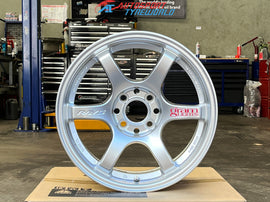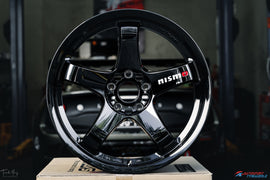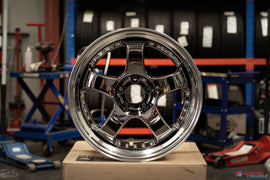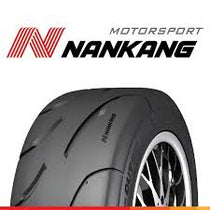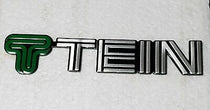Australia’s roads are as varied as its landscapes, ranging from smooth highways to rough rural tracks. But did you know that the type of road surface you drive on can significantly impact your tyre performance and lifespan? Understanding how road surfaces affect your tyres can help you adapt your driving and maintenance for safer, more cost-effective journeys.
1. Asphalt vs. Concrete vs. Gravel
-
Asphalt: The most common urban road surface. It provides good grip but can heat up quickly, which may accelerate tyre wear, especially in hot Australian summers.
-
Concrete: Harder than asphalt, concrete roads can be noisier and harsher on your tyres. They often cause more rapid tread wear, especially if your tyres are under-inflated.
-
Gravel & Unsealed Roads: These are common in rural Australia. Gravel can cause chipping and faster tread wear, while small stones may get lodged in the tread or puncture the tyre.

2. Impact on Tyre Grip and Handling
Different surfaces offer varying levels of friction:
-
Smooth surfaces provide consistent grip, but can become slippery when wet.
-
Rough or uneven surfaces increase rolling resistance and may reduce handling precision.
-
Loose surfaces like gravel or sand reduce traction, increasing the risk of skidding or punctures.

3. Tyre Wear Patterns
The surface you drive on influences how your tyres wear:
-
Frequent urban driving on smooth roads often leads to even tread wear.
-
Rural or off-road driving can cause uneven or accelerated wear, especially on the shoulders and edges of the tyre.
4. Tips to Maximise Tyre Life on Any Surface
-
Check tyre pressure regularly. Proper inflation helps your tyres adapt to different surfaces.
-
Rotate your tyres every 8,000–10,000km. This ensures even wear regardless of the roads you drive on.
-
Inspect tyres for damage after rough road trips. Look for cuts, chips, and embedded stones.
-
Choose the right tyre type. All-terrain or off-road tyres are better suited for unsealed surfaces.
5. When to Replace Your Tyres
Always check your tread depth, especially if you regularly drive on harsh surfaces. If you notice excessive wear, cracks, or bulges, it’s time to visit your local tyre shop.
Conclusion
Understanding the relationship between road surfaces and your tyres helps you drive safer and smarter. By adjusting your maintenance routine and being mindful of surface conditions, you can maximise your tyres’ performance and lifespan on any Australian road.

